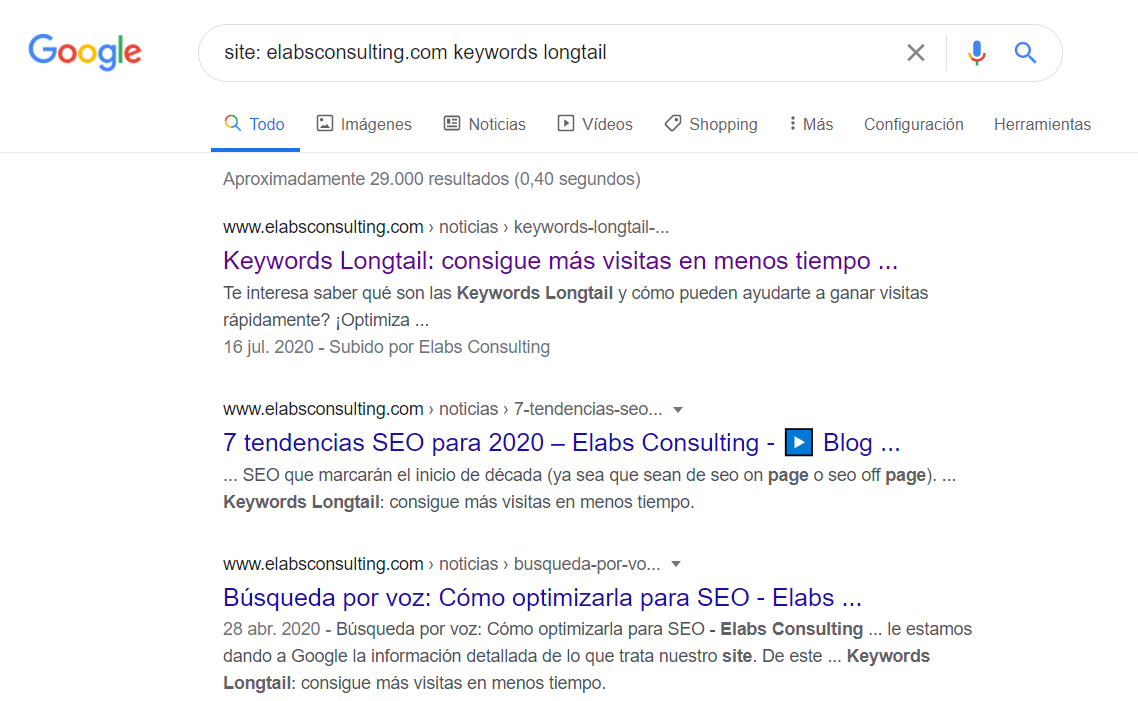What is the cannibalization SEO and how to avoid it?
Often you've heard of the cannibalization of SEO content and the problems that this creates for the posicionameinto web. In today's post we are going to define that concept and we will see how we can act to solve it and avoid it. Are you ready?
That means cannibalization in SEO
The cannibalization of contents occurs when we try to rankear different URLs with the same keyword. In other words, it happens when we optimize two different pages or more, so that they are positioned by the same words.
As you are thinking, only by the issue of not wasting efforts it is important to avoid these canibalizaciones. However, let us look in more depth what may happen if canibalizamos content.
Why is it important to avoid canibalizaciones?
If we have several content optimized for the same keywords you can Google to position something that we don't want to. For this reason, we make Google position for each term our content more powerful. As we said earlier, the ideal would be to focus efforts on a single page to attack a keyword particular. Subsequently, what if we can have the sun keywords longtail or keywords similar in other contents that link between whether to give relevance and robustness to certain pages of the website.
On this issue you have two post important in our blog: “What are the keywords, longtail and how to earn more views in less time” and “the importance of linking internal”.
On the other hand, it should be noted that if the content is very similar, we could fall in that we detected as duplicate content. Having duplicate content can affect us in a negative way to the positioning of our website.
In addition, you must take into account the Crawl Budget, i.e., the amount of urls that Google crawls when you come to a website. We have to take into account that will track a percentage of our website, and we must ensure that all the traces are the most important. It would be preferable because they have few urls, but very worked and they strike a few keywords concrete of very powerful to have a lot of similar content.
How do we detect if we have content canibalizado?
The free tool of Google Search Console can help us to detect these canibalizaciones and avoid them. You will find in our blog a full tutorial of Search Consolehowever, we realize how to see the canibalizaciones in Search Console.
It would be sufficient:
- Open Search Console
- Go to the section of Performance
- Once there you will see the list of all the words by which we position ourselves. Simply click on the word that we want to analyze and go to the tab “pages”
What we show in the image:

If when you enter a keyword and to look at the pages we see that we have more than one url will mean that those urls are trying to position themselves for the same keyword.
Another way to look canibalizaciones is using in the browser the command “site:”. If for example we want to search our results for the keyword ' Keywords longtail” what we would do in the following way:

How do we solve the canibalizaciones of content?
We can do several things to avoid to have content canibalizado but in this case, as in many others in SEO, you have to be very careful with the choice that we choose because we can desposicionarnos. Therefore, it would be interesting to have a expert to analyze in each case which would be the best option. However, we could say that we can unify content, choose from the urls canibalizadas which is giving better results and redirect the rest to this or to mark urls, canonicals.
Oh, that would be all for today! We hope you have been useful and from now on stop attention to your potential canibalizaciones. We hope to see you in our next post.

